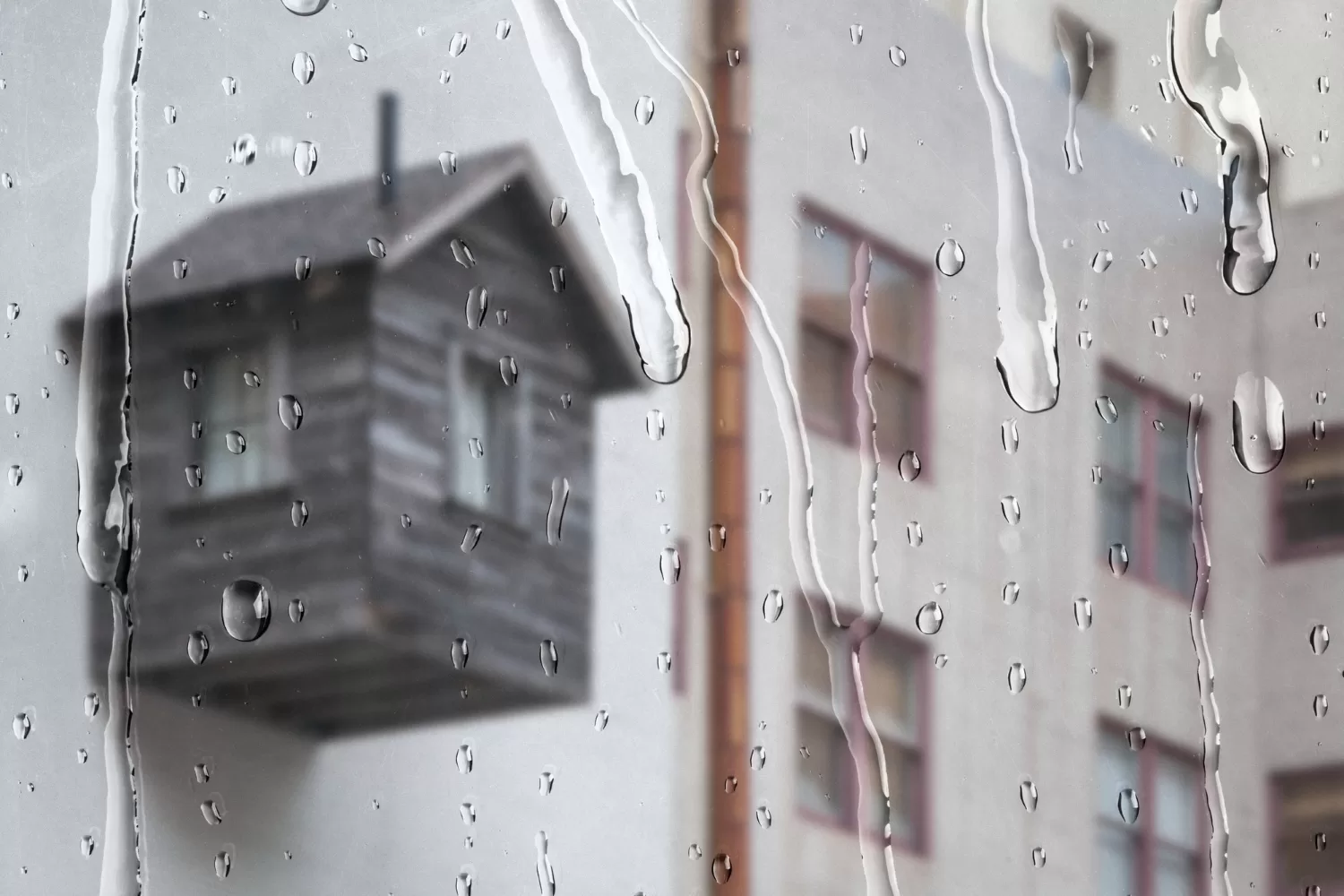Winter is here and this means cold, damp weather and a big increase in condensation in your home. This doesn’t just look nasty; it causes a lot of problems if left untreated.
Excess moisture leaves damp patches on walls and windows. This creates mould and causes bacteria and respiratory infections to flourish. It also makes plaster deteriorate and wallpaper peel.
Condensation can even rot timber and damage uPVC frames if left untreated. As a result, seals on windows will crack and deteriorate, which isn’t good for insulation or structural integrity.
Are you wondering how to stop condensation and how to treat condensation damp? We have all the answers.
What Causes Condensation?
Condensation is the result of excess moisture in the air. Cooking, boiling kettles, washing and tumble drying all release moisture into the home.
If you have a dehumidifier, you’ll see how much water collects in a 24-hour period. On average, two people generate roughly 21 pints of moisture per day, simply by showering, preparing food, drying clothes and breathing.
In short, condensation is caused by things that can’t be avoided, so there’s no escaping it. However, it’s possible to learn how to get rid of condensation if you understand it properly.
Why Is Condensation Worse in Winter?
Walls, windows and doors are all colder in winter. At the same time, you’ll have the heating on and you’re washing, breathing and doing all the other necessary daily activities.
This all adds to a warm and stuffy atmosphere in the house. When warm air comes into contact with a cold surface it turns into water droplets, and that’s your condensation.
The problem is exacerbated by tightly closed windows and doors. Lack of ventilation makes the situation even worse, as it’s impossible for the moisture to escape. Instead, it’s trapped inside which leads to excess dampness in the atmosphere – and condensation is sure to follow.
How to Get Rid of Condensation
Given that you need to eat, wash and breathe all year round, and you don’t want to freeze in winter, knowing how to treat condensation damp may seem like a bit of a challenge. Happily, some simple steps help to keep condensation at bay.
- Regularly wipe surfaces where moisture collects – windowsills and panes, bathroom and kitchen tiles for example.
- When bathing, run the cold tap before the hot. This reduces the amount of steam produced.
- Don’t dry clothes on radiators. Use a clothes horse in a separate, cooler room.
- Use a dehumidifier wherever you are drying clothes, although it’s helpful anywhere in the house at this time of year.
- If you have an extractor fan make sure you use it. Remember to close the windows and doors when you are doing so, as this makes it work more effectively.
- Apply anti-condensation paint. This helps with insulation and stops condensation from forming (make sure the wall is clean and dry before applying).
How to Stop Condensation?
The above measures help to keep condensation levels to a minimum. If you want to learn how to get rid of condensation, these additional steps really make a difference.
Increase Ventilation
Always keep your house ventilated, even in winter. This allows moisture to escape and stops condensation from forming. Keeping windows open is ideal but may not be practical. If your windows have trickle vents, now is the time to use them.
Consider adding vents if you don’t have them. They can be installed in windows, doors and walls. Don’t forget to check outside to make sure vents aren’t blocked by leaves or debris.
How to Treat Condensation on Walls
It’s important to also know how to treat condensation on walls. Moving furniture away from walls, particularly outside walls, is a great help. This allows air to circulate more easily and stops moisture from building up inside.
Internal walls are warmer than external ones but clutter in front of them still encourages condensation. Maintain space between furniture and walls so that air can easily circulate.
Maintain a Constant Temperature
If you’re wondering how to stop condensation from forming, simply turn the thermostat down a little to maintain an even, moderate temperature throughout the day – not too hot or too cold. You don’t need a constant high temperature for hours to be warm.
Check Your Tumble Dryer
Using a dryer may seem better than a clothes horse but dryers are major culprits when it comes to condensation. They release a huge amount of warm air.
For vented dryers make sure the ventilation pipe, and the warm air, emerge outside. Condenser dryers don’t have an outside feed, so they warm the surrounding air leaving it stuffy and moist. You don’t want that, so always ensure the drying room is well ventilated.
CS Damp Proofing – Your Experts in Yorkshire, Teesside and the North East
Our specialist contractors have over 30 years of experience in all aspects of condensation, rising damp and penetrating damp.
Don’t wait for small problems to grow bigger. Contact us today on 01765 452510

